
15 minute read
Taking action on occupational noise-induced hearing loss
More than 1.1 million workers in Australia continue to be exposed to harmful levels of noise in their workplace.1 Following National Safe Work month, which took place in October, Hearing Australia is urging workers across all industries to protect their ears from dangerously loud sounds.
According to the World Health Organization (WHO),2 noise exposure contributes to 22% of workplace-related health issues. In Australia, hearing loss due to excessive noise from machinery and power tools is one of the most widespread, yet preventable, workplace injuries.3
“The workplace is one of the most common sources of noise-induced hearing loss (NIHL). However, this is by far the most preventable kind of hearing loss,” said Karen Hirschausen, Hearing Australia Principal Audiologist.
“Workplace noise can and should be managed by implementing a range of control methods — and that can be as simple as limiting time spent in noisy environments, using quiet equipment and ensuring you wear appropriate hearing protection.
“People often ask ‘what’s too loud?’ Essentially, if you’re in a situation where you need to raise your voice to be understood at conversational distance (1–2 metres), then the noise is probably too loud. Repeated or lengthy exposure to sounds above 85 decibels, which is approximately the level of a forklift or front-end loader, can cause permanent damage.”
According to Safe Work Australia4 , the sectors with the highest rates of workers compensation claims due to occupational hearing loss are construction and manufacturing.
“But there are many other industries that are at an increased risk of NIHL, which can result in irreversible tinnitus and/or hearing loss — for example, airline workers, emergency responders, DJs and musicians, farmers — even teachers,” Hirschausen said.
It’s estimated that more than half a million Australian workers experience constant tinnitus5 , which is a ringing or buzzing sound in the ears. Tinnitus can result in sleep loss, concentration disturbance, decreased sound tolerance, anxiety and depression.5,6,7
Hirschausen said early intervention is critical. “Workers live with the legacy of hearing loss long after they put down their tools. That’s why it’s so important for people who work in noisy environments to stay on top of their hearing health,” she said.
“Employees and employers alike need to step up. Get regular hearing checks and if you notice any changes, you should see an audiologist. The key is to not delay getting help. Untreated hearing loss can lead to social isolation, loneliness, mental health problems and reduced quality of life.8 If you understand the hazards of noise and how to practice good hearing health, you can protect your hearing for life.”
Hearing Australia client 78-year-old Collin worked in the construction industry for more than 30 years — during which time he says he never wore any hearing protection.
“I knew my hearing had been affected because I kept asking people to repeat themselves and found it difficult to hear in noisy environments,” Collin said.
“I later found it was near impossible to follow conversations in restaurants, and my wife had to raise her voice when speaking to me. I realised I needed to do something about my hearing. With the care and support I’ve had from Hearing Australia, I’m truly amazed at how my hearing has improved and the difference that hearing aids have made in my life.”
Hearing Australia Managing Director Kim Terrell said the organisation is actively collaborating with stakeholders to co-design initiatives that will help to prevent NIHL in high-risk industries.
“For 75 years, Hearing Australia has been caring for Australians affected by hearing loss, starting with help for returned war veterans in 1947,” Terrell said.
“NIHL is avoidable, and it remains a key area where action is needed, with 37% of adult hearing loss estimated to be preventable.8 We’re committed to working with government and industry to help Australians protect and preserve their hearing throughout their lives so they can stay connected to the people and life they love.”
In time for Safe Work Month, Hearing Australia has released a new fact sheet, Protecting your hearing at work, with useful information on noise-induced hearing loss and top tips for protecting hearing at work.
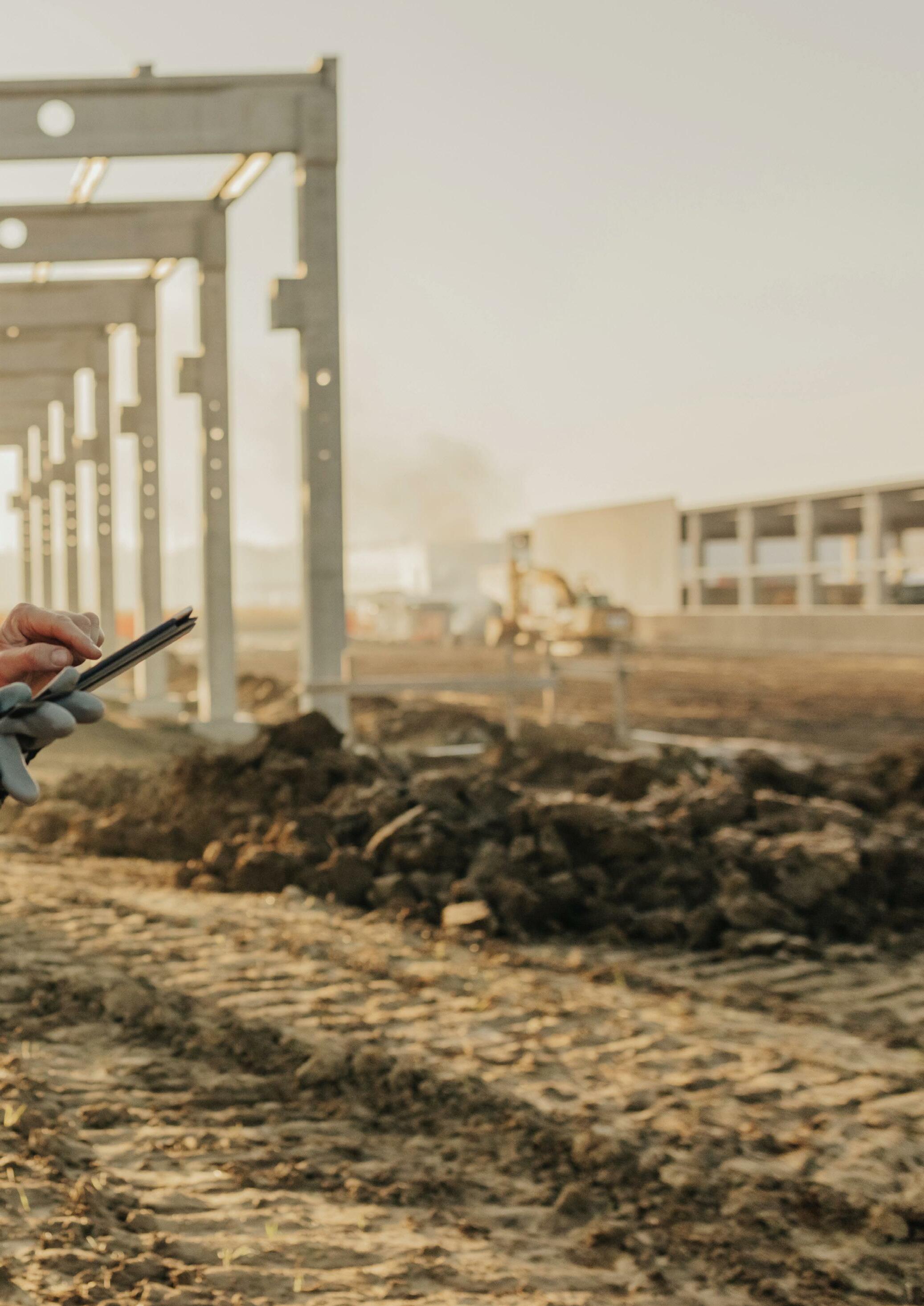
1. Lewkowski, K.H.J.; Li, I.W.; Williams, W.; McCausland, K.; Gray,
C.; Ytterstad, E.; Glass, D.; Fuente, A.; Si, S.; Florath, I.; et al.
Exposure to noise and ototoxic chemicals in the Australian workforce. J. Occup. Med. 2019, 76, 341–348. 2. WHO, 2018 report on Addressing the rising prevalence of hearing loss 3. Beach E, Gilliver M & Williams W (2016) Hearing protection devices: Use at work predicts use at play, Archives of Environmental & Occupational Health, 71:5, 281-288, DOI: 10.1080/19338244.2015.1089828 4. Safe Work Australia Work Inquiry into the Hearing Health and
Wellbeing of Australia Submission 35 https://www.aph.gov. au/Parliamentary_Business/Committees/House/Health_Aged_
Care_and_Sport/HearingHealth/Submissions 5. Lewkowski K, Heyworth J, Ytterstad E, Williams W, Goulios
H, Fritschi L. The prevalence of tinnitus in the Australian working population. Medical Journal of Australia. 2022 Mar 7;216(4):189-93. 6. Raj-Koziak D, Gos E, Kutyba J, Skarzynski H, Skarzynski PH.
Decreased Sound Tolerance in Tinnitus Patients. Life (Basel). 2021 Jan 26;11(2):87. doi: 10.3390/life11020087. PMID: 33530474;
PMCID: PMC7911028 7. Lee HY. Beyond Hearing Loss: Does Tinnitus Cause Cognitive
Impairment? Clin Exp Otorhinolaryngol. 2020 Feb;13(1):2-3. doi: 10.21053/ceo.2019.01949. Epub 2020 Feb 1. PMID: 32036637;
PMCID: PMC7010497 8. Deloitte Access Economics 2017 Hearing Care Industry Association The Social and Economic Cost of Hearing Loss in
Australia. Commissioned by Hearing Care Industry Association
Final Report by Deloitte Access Economics.pdf (hcia.com.au)
Hearing Australia www.hearing.com.au/
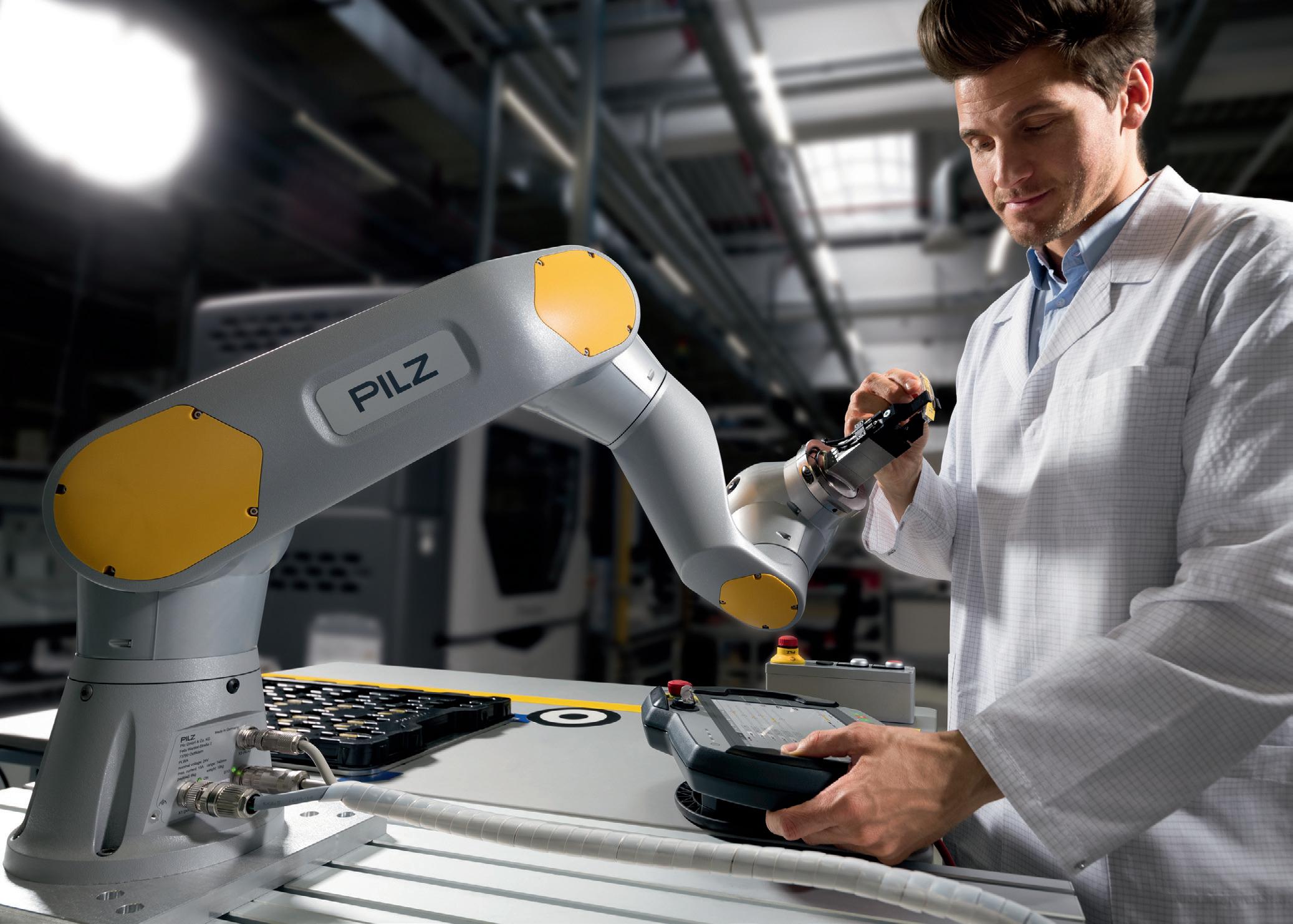
There is hardly any other machine that catches the imagination of humans as much as robots. They are the perfection of machines due to their larger degree of freedom in terms of diversity and the scope of their activities. Robots ultimately express the human aspiration to have machines that participate in people’s lives and assist them in every situation.
From cooperation to collaboration
In today’s industrial era, closer collaboration between humans and machines is on the rise. Collaborative robots, known as ‘cobots’, are designed to work alongside humans to augment and enhance performance. It keeps humans at the centre of robotic interventions. The strengths and advantages of the machines such as reliability, endurance and repetition accuracy are therefore combined with the knowledge and flexibility of humans.
Cobot applications vary significantly, but in general, they are used to extend human’s physical capabilities, enabling them to perform more high-value tasks. For example, a cobot arm could do the heavy lifting required to pick and place items, while a human performs corresponding tasks requiring dexterity and judgement. In human-robot collaborations such as these, the workspaces of the humans and robots overlap spatially and temporally.
This presents many challenges to safety as there is no one way to ensure a safe robot application. There are many aspects that need to be considered to achieve a safe and secure humanrobot collaboration. Following the right processes however is key to ensuring the application is as safe as possible. Performing a detailed risk assessment of the application, implementing appropriate safeguards, followed by a thorough validation process using the appropriate measurement tools should be undertaken for all applications.
A step-by-step guide for a safe robot application
1.A risk assessment is carried out at the beginning
Risk assessment involves determining the applicable harmonized standards and regulations, the limits of the machine, the risks within each life phase of the machine, the actual risk appraisal and assessment and the recommended approach to reduce the risk. It is important that each hazardous area is considered individually and without protective measures.
2.The central role of validation
The safety concept and system integration are developed in a customised way based on the findings identified in the risk assessment. In contrast to risk assessment, each hazardous area is considered with protective measures in validation. For this, the robot application must be in a state such that it is ready for delivery.

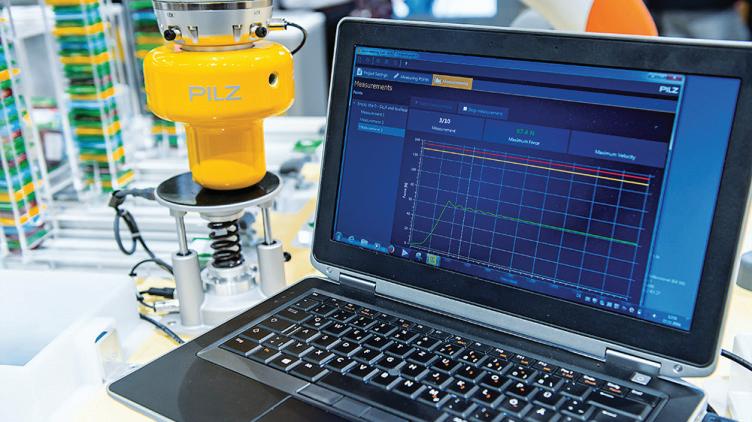
In accordance with the standard, various methods must be applied for the validation, including visual checks, practical tests and measurements. Validation includes, among other things, the verification of the required performance level PLr, a fault simulation (2-channel triggering, crossfault, etc.), overrun traverse measuring if the HRC application is to be made safe using speed and separation monitoring, checking of the standards in accordance with EN ISO 10218-2 as well as collision measurement in the event of the use of the power and force limiting method.
3.Touching without injuring
Collisions can be mitigated in various ways: Through design and technical protective measures such as the rounding of edges and corners and reduction of the speed of the robot movements. Finally, it must be validated by means of a measuring method whether the possible collisions are harmless from a technical safety perspective.
4.Measurement of force and pressure in accordance with ISO/TS 15066
As for all measurement methods, these types of measurements must be comprehensible, traceable, and reproducible.
The Pilz Robot Measurement System (PRMS) examines human-robot collaborations (HRC), recording force and pressure.
Force measurement
The force measurement device is equipped with springs and sensors to measure the forces exerted on the human body. The nine different springs have different spring force constants and are used in force measurement to recreate the various body regions.
Pressure measurement
Pressure indicating films are used to measure the local pressure and compare it with the limit values specified in the standard. A convenient software tool is available for validating and digitalising force measurements and for generating test reports.
One can either buy or rent the collision measurement set PRMS depending on business needs. The set includes: • 1-day practical product training including HRC measurement technique • Force measurement device PRMS • Pressure indicating films • Compression elements • Scanner for evaluating the pressure indicating films • Sophisticated after sales package — including calibration and software updates • Robust carry case *Product training is included when buying the PRMS Set. When renting, the price of the product training depends on the rental period.
To date, at least, there is no one safe robot or one safe sensor technology that covers all possible scenarios from the applications in terms of safety. The requirements in relation to the safety technology always depend on the respective application. Safe robot cells only come about when everything is taken into consideration — robots, tools and workpieces as well as the associated machines such as materials-handling technology. In practice, this means that each application requires its own separate, in-depth safety-related review. The safe HRC application is therefore ultimately the result of the interaction of normative basic conditions, a complex risk assessment that is based on this, the selection of a robot with the corresponding safety functions, the selection of suitable additional safety components and, finally, validation.
As a member of the international standards body, Pilz has actively collaborated with robot manufacturers, integrators, notified bodies (such as BG) and other automation companies on the design of pioneering technical specification for humanmachine collaboration in the industrial environment. Pilz also provides support for the implementation of relevant standards and directives. Jointly with the customer, the experts at Pilz work out a globally optimum safety strategy for robot applications along the life phases of the robot system through to CE marking and employee trainings which has up-to-date and practical content pertinent to robot applications.
Pilz Australia Industrial Automation LP www.pilz.com.au
CASE
STUDY Incorporating AI for safer tram operations
Trams on the Parramatta Light Rail network will feature a collision warning system that incorporates artificial intelligence (AI) to support drivers.
The driving of trams requires maximum concentration over long periods of time, meaning that in complex traffic situations, collisions with other vehicles may occur.
To mitigate this, Bosch developed the warning system, which CAF Rail will install onto the vehicles for Stage 1 of the Parramatta Light Rail network.
“This is a logical application of driver assistance technologies found in other types of vehicles — it will make tram travel safer for everyone, helping to protect human lives as well as preventing accident damage,” said Gavin Smith, President of Bosch Oceania.
“We want the Parramatta Light Rail to be one of the safest and most reliable public transport systems in Australia, so the Bosch collision warning system is a perfect fit for us,” said Ramon Muntada, CAF TE Area Manager.
“Not only will it benefit the drivers of the light rail vehicles, but it will also help to reduce accidents.”
The tram collision warning system was developed from similar technology originally created for passenger cars. The tram collision warning system warns the driver in the case of an imminent collision.
The system combines video and radar sensors with a highperformance electronic control unit. The video sensor monitors the track layout ahead as well as vehicles and people, while the radar sensor monitors mobile obstacles and detects any static objects. The electronic control unit processes information from both sensors.
The information is merged into a very detailed image of the surroundings and supplemented with additional information, such as the speed of the tram. If the system detects a critical approach, it warns the driver visually and acoustically.
Although the AI-based system reacts autonomously, the driver can intervene and override the system at any time using the driver acknowledgement function.
This technology can play a key role in preventing tram accidents. Recent statistics reveal there were 612 collisions reported between a tram and road vehicle and 23 between a tram and person in Australia in the 2020–2021 financial year1 .
The collision warning system has an extended functionality that introduces automatic emergency braking if the driver reacts too slowly or not at all to the warning.
The full collision warning system has already helped to improve safety in Europe. For example, in one German city, the number of tram accidents fell by more than 40% following the installation of the collision warning system, even though the number of trams in operation increased.
The technology not only saves lives but also significantly reduces costs for operators by reducing network downtime and thus improving the reliability of the service to passengers.
In 2021, the system was already used in approximately 550 trams in 19 cities across Europe. This year, the system will also be introduced in North America.
1. Office of the National Rail Safety Regulator – 2020-2021 ONRSR Rail
Safety Report
Bosch Australia
www.bosch-solarenergy.com.au

The tram forward collision system is based on the interaction of radar, camera and control unit.

Fire protection systems
Honeywell has launched Fire-Lite, a suite of conventional and addressable fire protection systems suitable for small to medium-sized buildings, in Australia. The easily installed solution offers fire detection and protection in new and existing buildings to help keep people and property safe. The fire protection systems include customisable and intelligent Addressable Fire Panels that are designed to meet a range of building requirements and the needs of installers and end users with efficient fire alarm control panels. The fire panels also allow installers to provide flexible solutions to support a variety of installations. The fire protection systems also include photoelectric smoke, fixed heat, rate of heat rise, high sensitivity and advanced multi-criteria detectors, along with manual call points, intelligent modules and specialty detection. The systems provide audio-visual (AV) fire notification with audio and visual alarm devices, speakers and Grade-3 Emergency warning system.
The fire protection system’s specialty detection and ancillaries include flame detectors, optical beans and standalone power supplies, all with backup components. The systems can also integrate with the Honeywell Connected Life Safety Services (CLSS) platform that enables systems integrators and facilities managers to deliver an enhanced fire safety service. The systems also meet relevant fire product standards including Australian AS 1670.1, AS 1670.4 and NCC requirements. Fire-Lite is designed to meet the needs of small to medium-sized buildings, mid-rise residential, warehouses and retail spaces across Australia.
Honeywell Safety Productivity Solutions
https://sps.honeywell.com/au/en
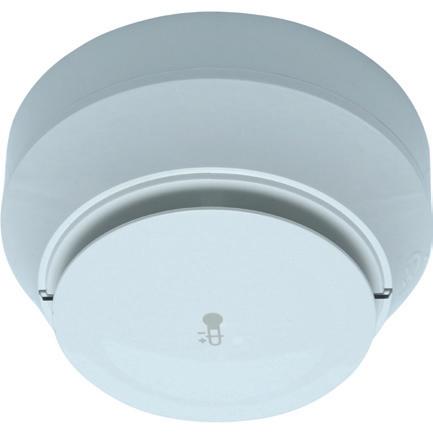

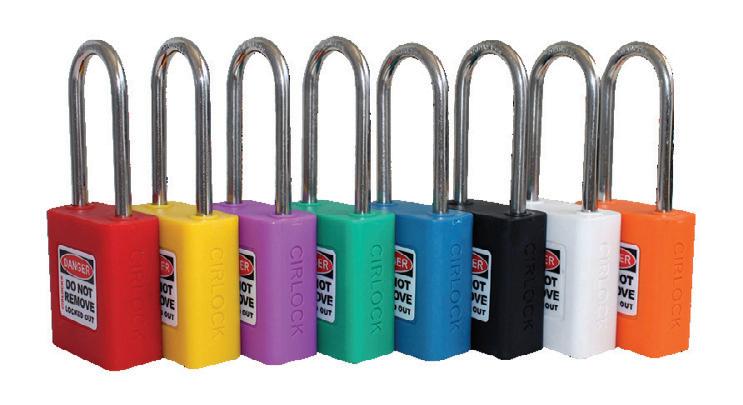

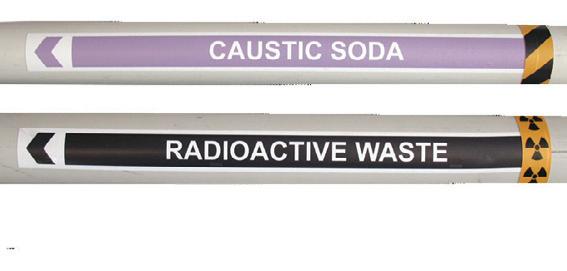

Industrial Eye has developed Sentry Connect, a rapidly deployable, plug-and-play platform that is designed to meet the challenges rising from a shortage of manpower during the COVID-19 pandemic. The platform is designed to reduce the number of frontline safety monitors needed for confined spaces, while still saving lives. The technology offers improvements to crew efficiency and safety and is suitable for any industry that involves confined spaces, which can be dangerous places to work.
The platform uses streaming technology to enable experienced safety crews to monitor more workers. It also maximises safety management by effectively giving one sentry a comprehensive single-view application with low latency real-time video as well as on-screen environmental data. The platform connects with multiple data sources compiled into a single interface for real-time monitoring as well as future analysis.
The platform provides data — such as oxygen and gas levels — and enables two-way conversations in remote working conditions such as high-risk construction, and confined spaces, such as mines and pits, elevator shafts, vats, tanks, pipes, ducts, chimneys, silos, underground wells, sewers and more.
The platform provides real-time monitoring and control of crew exposures, improvements in safety and emergency response times and access to data for long-term operational efficiency, crew health and safety.
Industrial Eye
http://industrialeye.com.au
Gloves
Safety Mate’s NXG GreenTek environmentally conscious range of gloves is manufactured using up to 50% recycled PET yarn. Every pair of GreenTek gloves repurposes one to two landfill-bound plastic bottles.
The innovative range of gloves is designed to help the environment without compromising performance.
Safety Mate Pty Ltd
www.safetymate.com.au










